Groundbreaking Disney Screenwriter Linda Woolverton Talks 'Beauty and the Beast,' 'Lion King,' 'Alice' and More
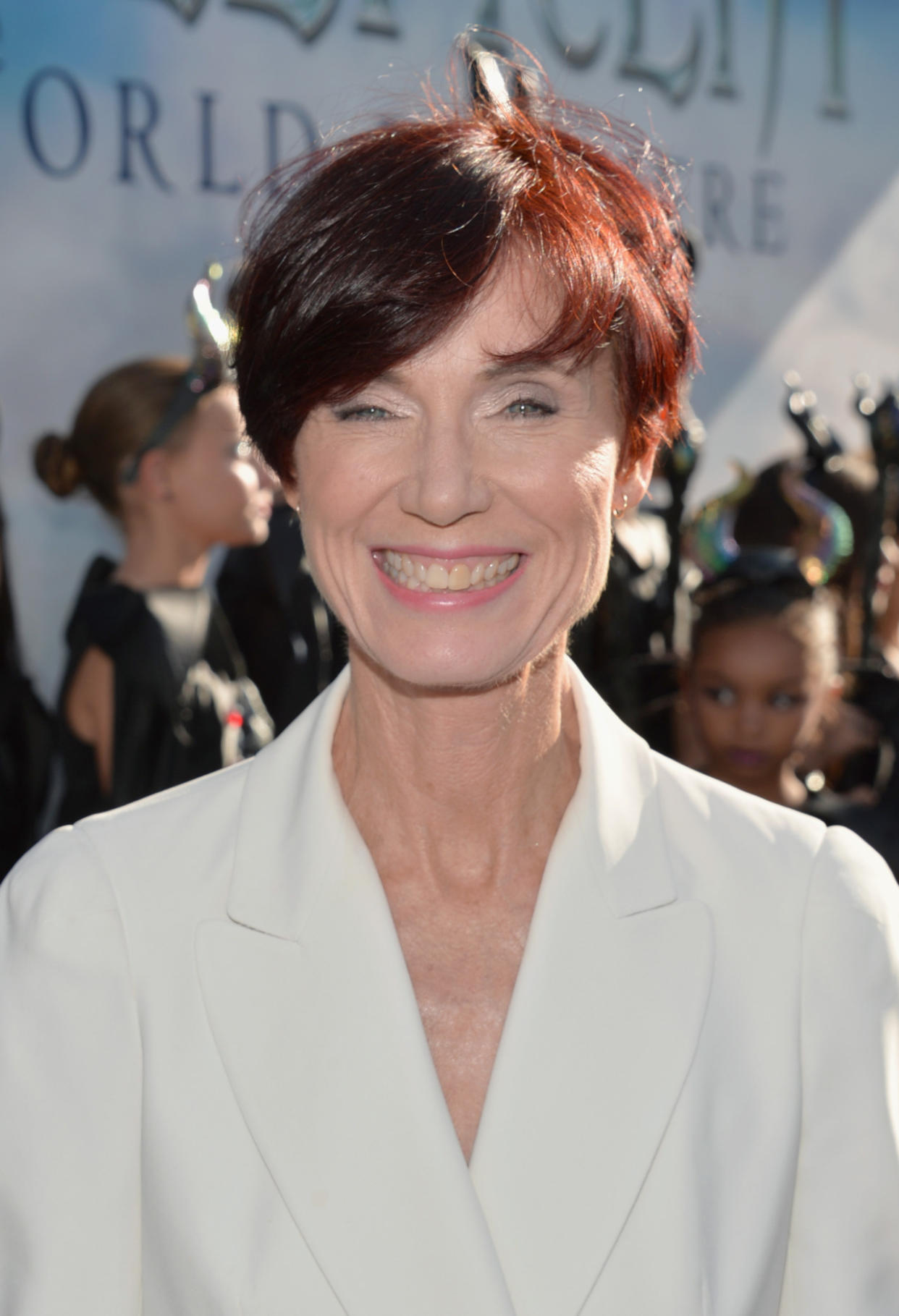
Linda Woolverton’s long and impressive tenure as one of Disney’s top screenwriters started with a thought we’ve all had after watching a bad flick: I could do better than that. She won’t reveal the title, but it was the late 1980s when Woolverton saw a Mouse House movie that left her underwhelmed. The Long Beach, Calif. native wasn’t exactly a nobody — she had written Saturday morning cartoons, some young adult novels, and had served as a development exec at CBS. But fueled by the notion that she could write a Disney animated film better than the one she had just seen, she took one of her books to the studio and made her case.
Disney was impressed. The studio hired her to write a Winnie the Pooh animated film that ultimately never made it off the drawing board. But on the strength of her work on Winnie, studio chairman Jeffrey Katzenberg hired her to write Beauty and the Beast (1991) in what was a history-making move for the company: Disney had never tapped a traditional screenwriter for one of its animated films.
Nearly three decades later, Woolverton, 63, remains one of Disney’s top creative minds. Her latest project is the new sequel Alice Through the Looking Glass, which returns Lewis Carroll’s adventurous heroine (Mia Wasikowska) to Wonderland (or as Woolverton, fearful of not doing Carroll justice, originally wanted to call it: “Underland”) to help Mad Hatter (Johnny Depp) out of a serious funk. We talked to Woolverton about her own colorful adventure penning some of Disney’s biggest hits.
You made Disney history when the studio made you the first traditional screenwriter to work on one of its animated films with Beauty and the Beast. What was that experience like, given there was no process in place at the time?
No, there wasn’t. It was a large learning curve for me because I didn’t understand the process and no one really explained it to me. I had come off of writing [Winnie the Pooh] in the traditional way. So we were put in this situation where they weren’t used to working with a screenwriter and I wasn’t used to working with the story department [which previously handled screenwriting duties].
But I had the support of [late lyricist] Howard Ashman. Howard and I really conjured up Belle.
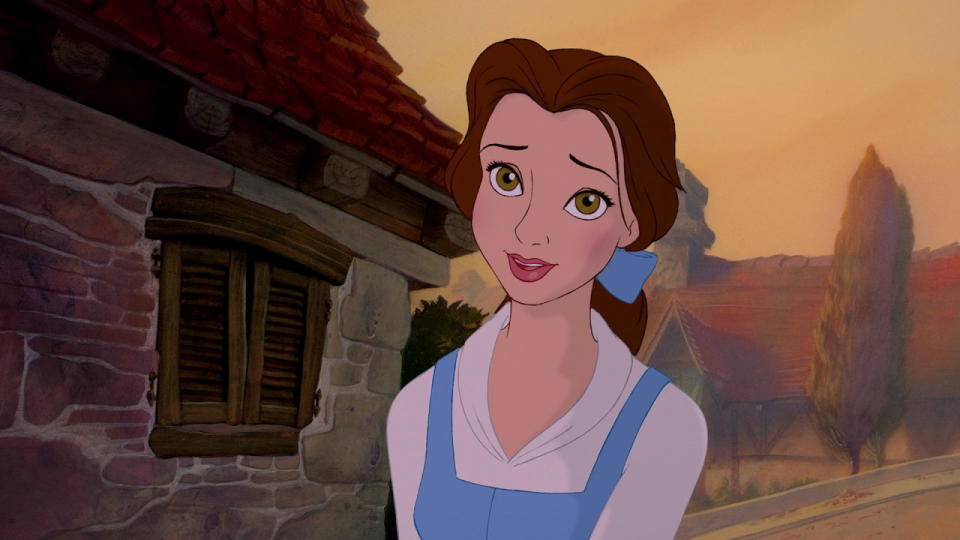
Did you work closely with both Howard and [composer] Alan Menken?
I worked closer with Howard because the [story] and the lyrics have to be so enmeshed. I’m not musical, by nature, so Howard and Alan worked on the music. But I was much more on conjuring up the creation of Belle’s character and the inhabitants of the castle and all that with Howard.
What were your inspirations when it came to Belle?
We didn’t want to make her from the past, we wanted to make her present at the time. A girl who was a reader and not all about what she looked like, even though she was beautiful. We were just trying to create a new Disney heroine that was representative of her age and certainly relevant to the time. We just didn’t want her to feel like a throwback.
Beauty and the Beast not only became this huge hit, but it was a wastershed moment for animation. It became the first animated film nominated for Best Picture at the Oscars, and it, along with Little Mermaid, helped usher in this new golden age for animation. When you could you tell you were working on something special?
Well, the music, for one, was groundbreaking. But we didn’t know. We were just doing this story, all of us were working together on it. But everyone was so wildly passionate. We had a lot of arguments. And when I look at it now, the reason we fought so much — not Howard and I but all the people involved — is because we were so passionate about it. We all believed in it so much, and we didn’t know what we had so much, but we all cared so deeply about it I think that’s when I knew it was special.
And then you forayed from Beauty and the Beast into your first live-action film, Homeward Bound (1993).
Which I loved, I loved writing Homeward Bound. I was brought into to rewrite Caroline Thompson’s script. I don’t remember the [original] script, but [former Buena Vista President] David Vogel was in charge of the project and he basically said, “We need more character.” And he brought in somebody from animation. And this was before the talking mouse thing [Stuart Little].
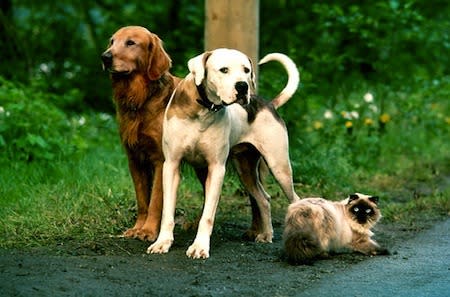
So the conceit was they could hear each other’s thoughts, which I still to this day find more elegant. So I just brought in my whole background, from theater and children’s theater, and I just started seeing the world from the animal’s point of view, namely the dog’s point of view, and wrote it that way.
Then you’d return to Disney Animation for The Lion King (1994), but I don’t think you were on that from the get-go?
I was brought in to rewrite a script that existed. Jeffrey pulled me off Homeward Bound and I was very upset. I remember being really mad, because I was not under contract, I don’t think. It was called King of the Jungle then. They had done some great background and the script wasn’t working so I was brought in to help out. So I rewrote it, reconceived it, re-envisioned it. And then Elton [John] was brought in to do the music and there it went.
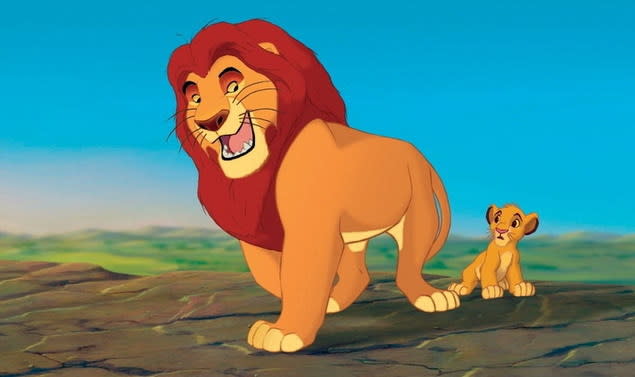
The project had different titles and different plots along the way. Was it always influenced by Hamlet, though? Was that there from the start or did that come in later in the game?
You know, I didn’t realize… I’m always channeling Shakespeare, I kind of do unconsciously, I think. It was about a hero on a trail. That came before the idea of Hamlet. But as I was realizing that I was doing it, I was like, “Oh this is really Hamlet.” And I actually wrote a memo to Jeffrey about how it was less a hero’s journey and more Shakespearean. So that kind of aspect came in later, but I guess it was always subconscious.
On Mulan (1998) you’re credited among many other writers for “additional story material.” What would that mean in layman’s terms?
In layman’s terms, I did a couple drafts. But I wasn’t really involved with it all the way through.
Let’s talk about your first trip down the rabbit hole with Alice in Wonderland (2010). Is that daunting to adapt a great like Lewis Carroll?
Wow, that was intimidating. I got writer’s block because I intimidated myself; I thought, “What am I doing? How dare I?” I was like, “This is Lewis Carroll!” He was so ahead of his time, and he was so amazing, and how could I even begin, even pretend to recreate the world? Honestly, I didn’t call [my script] Alice in Wonderland. I called it Alice. I was too embarrassed. I even called it “Underland” not “Wonderland.” I wanted to separate me from [Lewis Caroll] because it was just too audacious.
So I had this horrible writer’s block, and I went to London for Christmas. I stumbled upon this bust of Lewis Carroll in Hyde Park, and I actually apologized and asked his permission to continue. So it kind of opened up after that. It’s interesting.
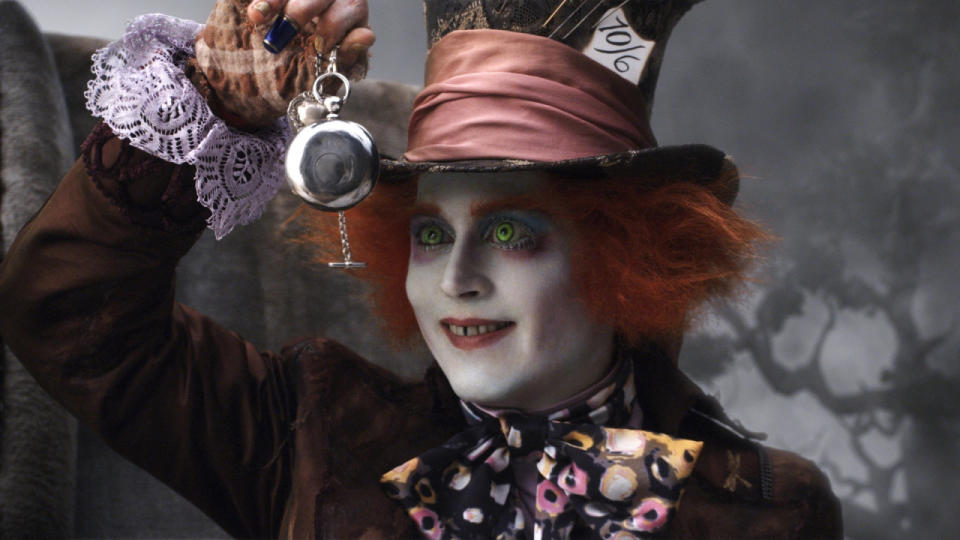
How does the subsequent attachment of an actor like Johnny Depp change the equation. Are you rewriting the Mad Hatter for his specific voice or style?
Actually, no, though I sat with him and he brought so many cool ideas. He called [Mad Hatter] a human mood ring, the way he just flips around. That was fun, then I could sort of play with all the colors of his personality that he merged in a single conversation.
Then Maleficent [2014] was this hybrid of forms you’ve worked on — the animated fairy tale and the live-action adventure. Does it feel like a blend?
Right, but I don’t write for animation one way and then write for live-action another way. I just write it. And I just challenge who’s ever doing it to create the world. And I didn’t write it for Angie [Angelina Jolie] necessarily, although I knew she was circling. But I just pushed her character. I always wanted to do a dark fairy in a fairy world. And I didn’t know that she was a fairy until I was asked to look at the project. I looked at the movie [Sleeping Beauty] again and realized, “I thought she was a witch. Turns out she’s a fairy.” That sort of changed everything.
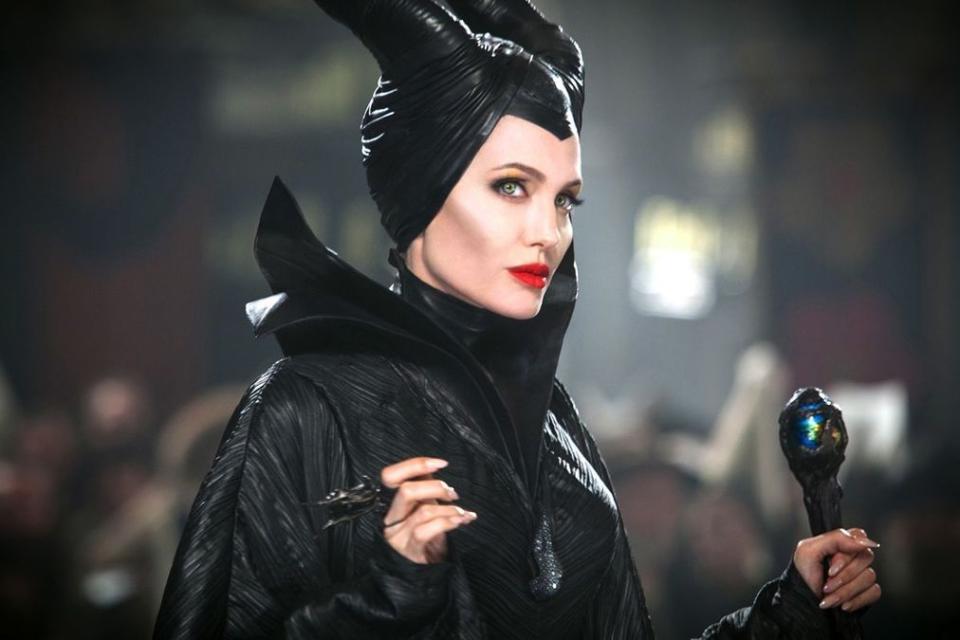
What elements of Sleeping Beauty did you feel were most vital to keeping intact?
Well, we had to stick with the fairy tale. This wasn't Alice. We were re-envisioning the fairy tale from Maleficent’s point of view, so she was the protagonist… But we still had to move into the fairy tale — pricking her finger, the spindle, cursing the baby to die, that all had to be there. So that was really, really challenging.
So you thinking of a way into the story from that person’s perspective. It was like the way into Homeward Bound was the perspective of the dog. The way into this story was to look at this character and say, why on Earth would she curse a baby to die? You have to give the character motivation.
Alice Through the Looking Glass (2016) is your first sequel. What kind of new challenges does that bring, revisiting a world you’ve already dabbled in?
The first movie was about her sort of rediscovering her muchness, really finding herself again after the death of her father and really understanding who she was, this Victorian girl. So I could separate from Lewis Carroll in that. But in this one I wanted to depict that she knew who she was now, and to put her back into the Victorian world after she had been to Wonderland was pretty difficult… So I sent her off to China [laughs], where she could actually implement the growth that she had discovered in herself in the first movie. She did implement it, she became the sea captain, she captained the ship because she knew how because of her father.
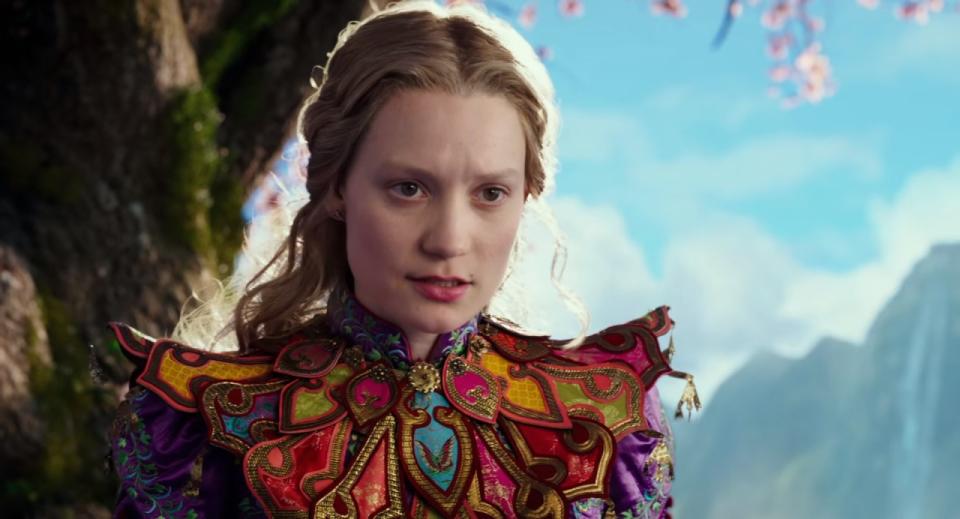
And after all that, then she sort of shoved back into the Victorian world, where they view — and this is from research I did — any woman at the time who had a creative banter or artistic banter and didn’t want to be just one thing, what they demanded her to be, which was to get a good husband, was considered crazy, and they threw them into the loony bin. They actually called it “female hysteria,” literally, and threw them into the looney bin. So I felt like I had to explore that a little bit.
Related: Role Recall: Helena Bonham Carter Talks ‘Fight Club,’ 'Harry Potter,’ 'Alice,’ and More
What was your motivation in making the Mad Hatter much sadder this time — the Sad Hatter, if you will?
Well, in the first movie they rallied around her and shoved her into discovering herself. Rediscovery. This time around I wanted her to be the hero, I wanted her to help them. So I wanted to put the Hatter into some sort of jeopardy. He’s lost his muchness. So I wanted her to go back and help him find something that he lost, which was similar to what she lost — her relationship with his mother, and he lost his entire family.
And I also wanted to move them backwards to show how everything came about. How did the Red Queen get her big head? What is this rivalry between the two sisters? I wanted to show the “Why” of it all. So that’s why we went back in time.
Alice Through the Looking Glass is now in theaters. Watch a clip:

 Yahoo Movies
Yahoo Movies 

